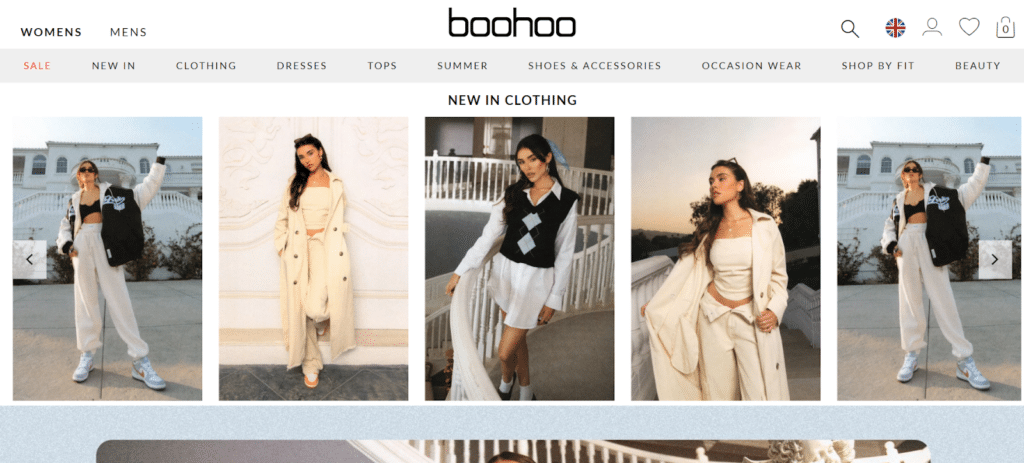Merchandising rules pertain to how brands class, present, and rank products in a way that inspires purchase and encourages cross-selling and upselling. The presentation is calculated to engage shoppers and to promote items brands and retailers want to sell.
In brick-and-mortar stores, it means adjusting and updating racks, shelves, store windows, and showrooms. Online, merchandising rules optimize the layout of brand and retailer websites so as to show the latest collections, discounted items, and relevant products, which can then lead to site conversions.

Why It Matters
Merchandising rules matter because it is a powerful tool any brand has at its disposal. Done effectively, it can do more than capture your shoppers’ attention. The deliberate presentation can also drive conversions and customer loyalty because of the relevance and value it delivers.
Your shoppers will not have the energy to browse through thousands of SKUs that you have in your inventory. When they are not shown relevant products at the right time, they are more likely to drop the process and head over to competing websites. Done right, product recommendations can make your customers feel seen and understood. However, it is critical that these comply with the merchandising rules so that the products that appear first are guaranteed the most relevant and pique the curiosity of customers.
With merchandising rules in place, you can also display items according to your brand’s goals. You can choose to promote trending items or show recommendations based on customer search and previous site behavior.
 Boohoo’s homepage showing new available clothing
Boohoo’s homepage showing new available clothing
How Do Merchandising Rules Work?
Merchandising rules allow you to customize your display at certain parts of your brand website. You can set up rules that determine how your products are handled, whether they should be prioritized, excluded, or included. Besides promoting products based on personalization, you can also consider other factors such as their popularity, attributes, brand, and availability.
There is no single set of merchandising rules. These can vary depending on the goals of a brand or retailer, as well as customer needs and expectations.
Merchandising Rules: Best Practices
- Make sure product tags are highly detailed. Product tags must also cover synonyms so that the search results that surface are still relevant even when they do not contain the exact terms in the text. You can also use visual AI to make your product tags even more intuitive as it is based on image content.
- Combine products with discounts to increase basket size. With smart merchandising, you can create strategic product combinations or boost relevant promotions to encourage spontaneous purchases.
- Make your website fresh with dynamic collections. You can excite your shoppers with new selections that are updated regularly based on the merchandising rules that you set. These can be grouped based on price, color, etc.
- Highlight search results based on user data. With the right merchandising tool, you can include data on real-time intent and context to push accurate and relevant products that capture shoppers’ unique preferences.
Check out the video for more smart merchandising tips: